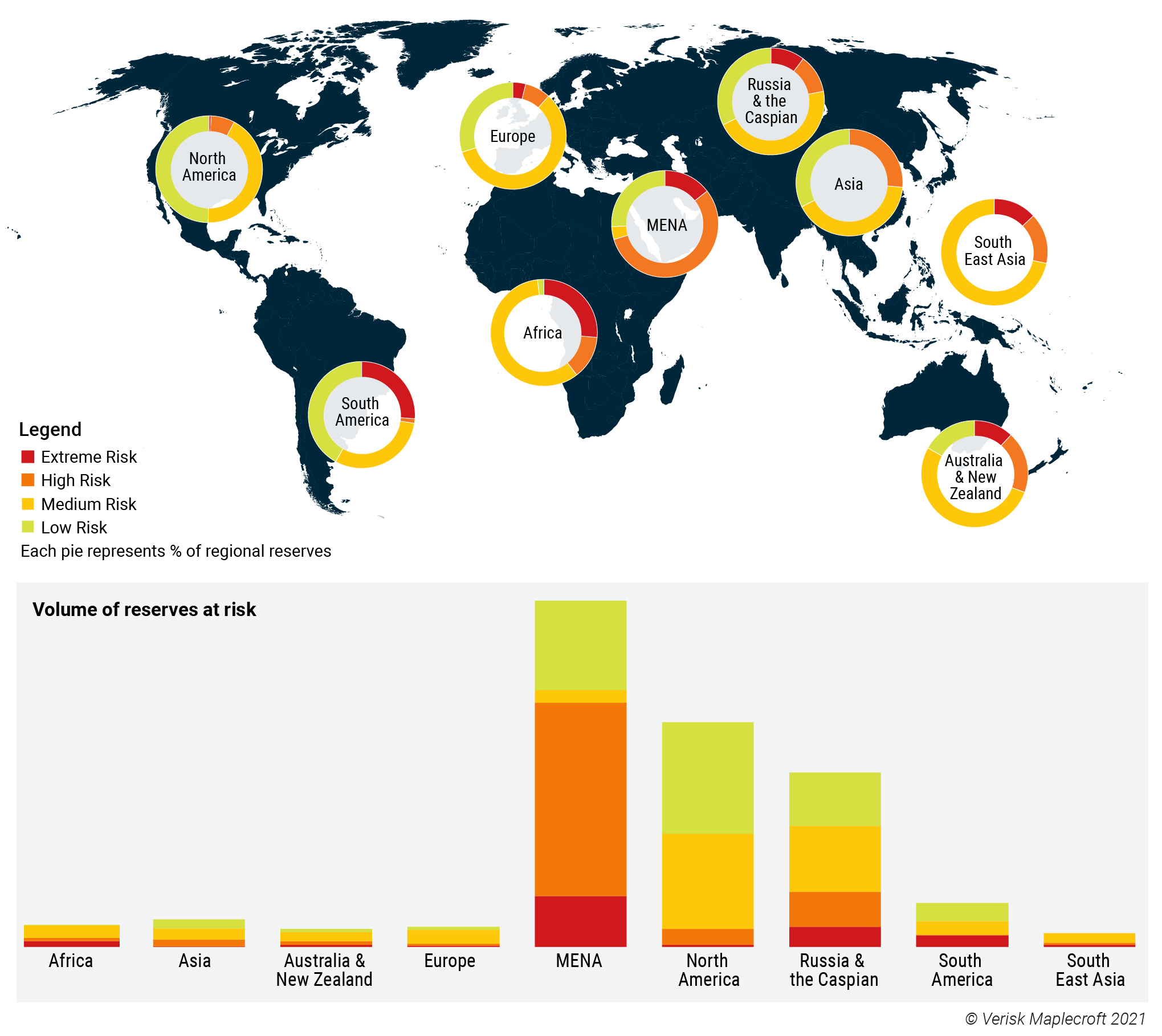Geospatial ESG investing
Learn more
The EU’s carbon price
In July, the EU Commission presented its ‘Fit for 55’ package, which outlines the Union’s roadmap to reducing greenhouse gas (GHG) emissions by 55% (on 1990 levels) by 2030 – a pitstop on the road to 2050 carbon neutrality.
With ambitious emissions reduction targets and a policy package spanning 14 proposals, Fit for 55 will have wide-ranging impacts across the EU economy.
A proposed reform of the EU’s Emissions Trading System (ETS) promises to be particularly contentious.
The EU’s ETS is based on a cap-and-trade approach, whereby Brussels sets a limit on the amount of GHG pollution that can be emitted each year. Companies need to hold carbon allowances for every tonne of CO2 they emit, and face fines for exceeding these. Companies receive free allowances, or need to buy them. As surplus permits can be sold, it incentivises companies to become more energy efficient.
Compared to other global carbon pricing schemes, the EU’s ETS has cemented Brussels’ climate leadership, and is a core pillar of the bloc’s energy and climate policy. Since its inception in 2005, the ETS is estimated to have delivered 43% of the GHG emissions reductions achieved by the power-generation and other energy-intensive sectors.
However, without further reform, those sectors covered by the ETS will likely only reduce emissions by 51% by 2030 – below the EU’s 55% reduction target. A critical part of the ETS reform will thus see a tighter cap on carbon allowances, as well as potential limits on their trading, effectively making them scarcer.
Using our Industry Risk Dataset, we have identified those sectors most at risk of disruption from the proposed ETS amendments. These include the construction materials sector (which includes iron and steel production), plus utilities (electricity and gas).
Brussels’ global transition leadership hinges on successful adoption of the Fit for 55 package, and in particular an upgraded ETS, as the bloc’s main decarbonisation work-horse.
But talks on the ETS reforms are going to be difficult, with pushback from Central and Eastern member states, which are highly coal-dependent and whose populations are very vulnerable to energy poverty.
Led by Poland, these states want additional social funds as a pre-requisite for ETS approval. They, along with Southern member states, are supporters of the EU’s plan for a revamped Social Climate Fund, whereby 25% of the revenue from the ETS would fund socially-disadvantaged citizens and businesses through the transition. This, however, is opposed by some of the more fiscally cautious Northern states.
France will also likely drag its feet until after the April 2022 elections, as President Macron will want to avoid reigniting the backlash he faced in 2018.
With France in election mode, the new German government is likely to lead the ETS negotiations, with Chancellor Scholz and his new foreign minister Annalena Baerbock (of the Greens) having to mediate the internal EU divisions and avoid drastic revisions to the proposals. While the EU’s legislative process takes on average 18 months, the ETS proposals are as wide-ranging as they are contentious, meaning that talks will be protracted. The May 2024 European Parliament elections will set an effective deadline.
The ETS reform will have particular implications for the EU’s carbon price – which of late has hit record highs of near EUR90/t on the back of the current gas supply crisis and resultant coal switch – and is expected to breach EUR100/t in 2022.
Germany has advocated for a relatively modest carbon price of EUR60/t – but given a reduced supply of carbon allowances, it is inevitable that the price will trend well upwards of that.
This, in turn, will raise pressure for Brussels to implement its (controversial) Carbon Border Adjustment Mechanism (CBAM) to tackle carbon leakage – which is heavily opposed by the likes of Russia and most developing countries.
While Brussels ultimately sees a global carbon price as the optimal solution, that prospect, as we have previously emphasised, is very far off.
Eileen Gavin
Principal Analyst, Global Markets & Americas
ESG+ Matters notification
SubscribeChart of the week
Quote of the week
When someone makes it big in America—millionaire big, billionaire big, Person of the Year big—part of it has to include paying it forward so the next kid can get a chance, too.
Senator Elizabeth Warren
Senator Warren calls out Elon Musk’s tax arrangements
What we’re reading
- What Is the Point of Boris Johnson?, The Atlantic, 10 December 2021
- China’s Vision for Environmental Leadership, The Diplomat, 13 December 2021
- US spotlight: The year in review and looking ahead, Chatham House, 13 December 2021
- Wall Street Is Close to Triggering a Climate Financial Crisis, Bloomberg Green, 14 December 2021
- G7 taskforce recommends ISSB-led move to 'mandatory' impact accounting, Environmental Finance, 13 December 2021
- Warren Buffett’s Berkshire among CDP’s climate impact disclosure laggards, Financial Times, 8 December 2021
